steam trap
Showing 1–8 of 10 results
-
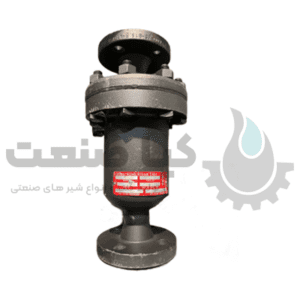
Armstrong Inverted Bucket Steam Trap
-
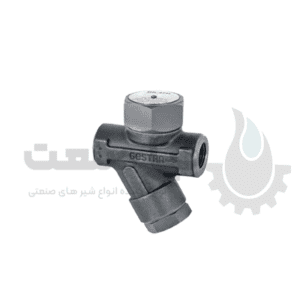
Gastra thermodynamic steam trap model DK45
-
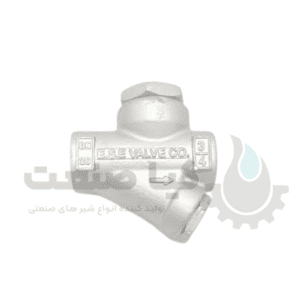
Isfahan steam thermodynamic steam trap
-
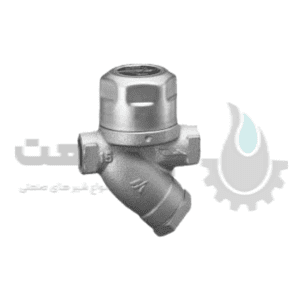
Miyawaki S31N Thermodynamic Steam Trap
-
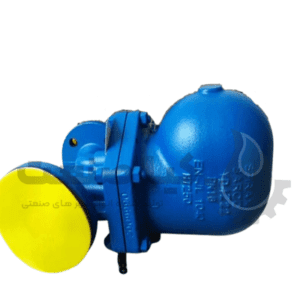
Spirax Sarco Thermostatic Float Steam Trap
-
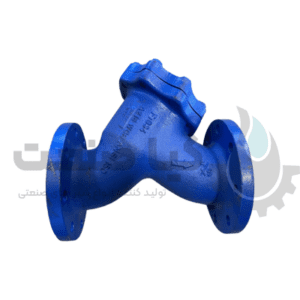
Strainers Spirax Sarco
-
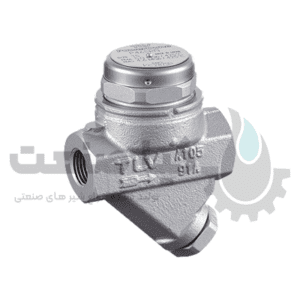
TLV P46SRN Steam Trap
-
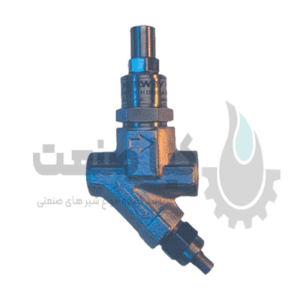
Yarway model 721 steam trap
steam trap
A steam trap is a device used to drain condensate (water) and non-condensable gases from industrial piping, heating equipment and process equipment.
Steam traps are valves that remove residual water accumulation in steam systems.
Because these components are designed to tell the difference between the steam that should be there and the condensation that should be removed, there is a risk of losing steam power.
Systems can also use multiple vapor traps to allow for more precise control and condensation removal.
[read more]
Traps are designed to prevent steam from escaping the system as well as to prevent energy or steam loss.
It usually includes a valve that automatically closes when steam enters the trap and opens when condensate enters, allowing water to exit the system.
A steam trap can also sometimes be used to vent air in a system.
How the steam trap works
The steam trap is usually installed at the lowest point of the steam system.
Where condensate naturally accumulates due to gravity.
As steam passes through the system, it enters the steam trap.
It is faced with a temperature sensitive valve that opens when the temperature of the incoming steam is higher than the temperature of the surrounding air.
This allows the steam to pass through the trap and continue its journey.
As the steam cools and condenses, a temperature-sensitive valve in the trap closes, preventing further steam from escaping.
Then the trap begins to fill with condensate.
and eventually reaches a level that causes a pressure-sensitive valve to open.
After this valve is opened, the accumulated condensate is drained from the system along with any non-condensable gas.
The steam trap continues to rotate in the same way, allowing the steam to flow freely.
And at the same time, it effectively removes condensate and gases.
The design of the trap and the type of equipment installed in it will vary depending on the specific needs of the system.
Uncontrolled condensation in a steam system can significantly affect the structure and performance of the system over time. The consequences are:
- Corrosion throughout the internal system
- Pressure increase and water hammer development
- Low or inconsistent product quality
- Poor heat transfer
Use of steam trap
HVAC (Heating, Ventilation and Air Conditioning) Systems:
Steam traps are used to remove condensate from HVAC systems.
To ensure that humidity levels are controlled and air quality is maintained.
making electricity:
In power plants, steam traps remove condensate from steam lines, which improves energy efficiency and reduces the risk of pollution.
Process industries:
In process industries such as chemical and petrochemical plants, steam traps are used to remove condensate from steam lines to prevent equipment damage, improve safety, and reduce downtime.
Food processing:
Trap hoods are used in food processing industries to remove condensate from steam lines used for heating and sterilizing equipment and prevent contamination of food products.
Textile industry:
Trap is used in the textile industry to remove condensate from steam lines used in dyeing and finishing processes.
In general, steam traps are essential in various industries to improve energy efficiency, reduce maintenance costs, and ensure the safety and quality of industrial processes.
Types of steam traps
Mechanical vapor trap
This type of mechanical steam trap uses the mechanical properties of steam versus condensate to extract condensate.
. Liquids usually sink to the bottom of the system because they are denser than vapor.
A bucket or float rises and falls relative to the condensate level in mechanical traps. It is often connected to a mechanical connection that opens and closes the valve.
Mechanical steam traps respond to condensate flow in the steam system.
and has a floating ball of stainless steel material that moves and enables the valve to open and close.
Because the condensate level in the steam trap controls the movement of the ball, this type of steam trap is very accurate.
The two main types of mechanical steam traps are:
- Floating steam trap or floating steam trap
- Baguette steam trap or inverted bucket
Flutter traps use an air vent and provide continuous discharge. Baguette steam traps also provide continuous evacuation but use a sealing mechanism.
Thermostatic vapor trap
These thermostatic traps eliminate the temperature difference between the vapor and liquid phases of the condensate.
The valve is controlled by the expansion and contraction of an element exposed to steam or condensate heat.
To open and remove the condensate, these steam traps need to reduce the temperature below the saturation curve. This can be done with a filled element, bellows or bimetallic element in these traps.
Thermostatic steam traps are suitable for applications where heat is an important factor because they rely on temperature to control their operation.
After startup, the cold condensate causes the thermostatic element to open the valve to allow less condensation.
As the temperature rises and the system fills with steam, the element expands to close the steam trap.
Radiators or systems with a PSI level of 2175 or higher usually use these steam traps.

تله بخار های ترمودینامیکی
Steam versus condensate dynamic concepts and Bernoulli’s principle are used in this type of steam trap.
Condensates are released through the opening at a faster rate, leading to a reduction in pressure.
This allows a steam to provide enough pressure to close the valve (disc) or slow down the steam trap discharge.
Thermodynamic steam traps are suitable for steam evacuation due to their simple design, durable construction and large condensate capacity.
These traps use pressure to adjust the disc up and down on the valve seat.
After start-up, the disc and condensate inlet pressure forces the hot condensate to move through the vapor trap, producing flash steam and temporarily creating a low-pressure pocket that pulls the disc down.
Steam pressure locks the disc in the lower position to prevent further leakage.
The price of the steam trap
Various factors affect the price of trap.
Among these factors, we can mention the manufacturer’s brand, type of steam trap (thermodynamic, thermostatic and mechanical, etc.), body material (cast iron, steel, steel), steam trap size, pressure and steam tolerance.
To know the price of 1 inch steam trap, ½ inch steam trap and 2 inch trap price, contact our experts.
Buying a steam trap
There are important things to check before buying a steam trap.
First of all, determine what you need the steam trap for?
For example, use in industry, laundry and…
Second, check different brands and models according to your budget. And choose the best model and brand according to your needs.
Our consultants will help you choose the best steam trap for your use in choosing the model and brand.
The third item: The steam trap you choose must have a warranty and guarantee, as all the steam traps in our store have a guarantee.
You can visit our store in person to buy Tehran steam trap or place an order online.
شما می توانید انواع تله بخار مانند تله بخار ترموستاتیک، تله بخار فری فلوت ، تله بخار باگت، تله بخار ترمودینامیک، تله بخار فلوتر ترموستاتیک را از کیاصنعت تهیه کنید.
همچنین شما می توانید مقاله انتخاب تله بخار مناسب را مطالعه کنید.
